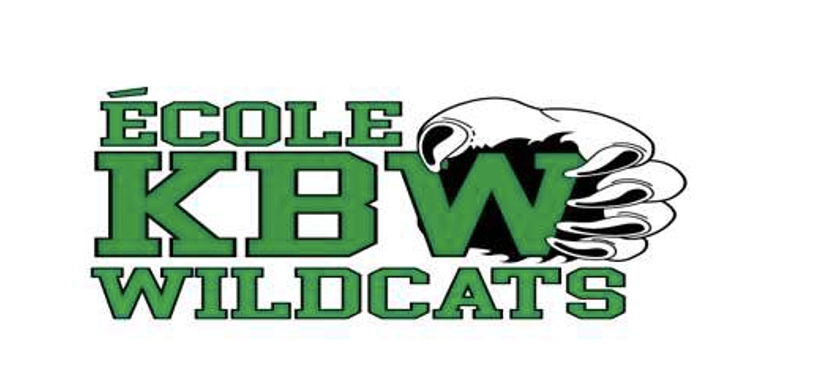Ecole K.B. Woodward 24-25
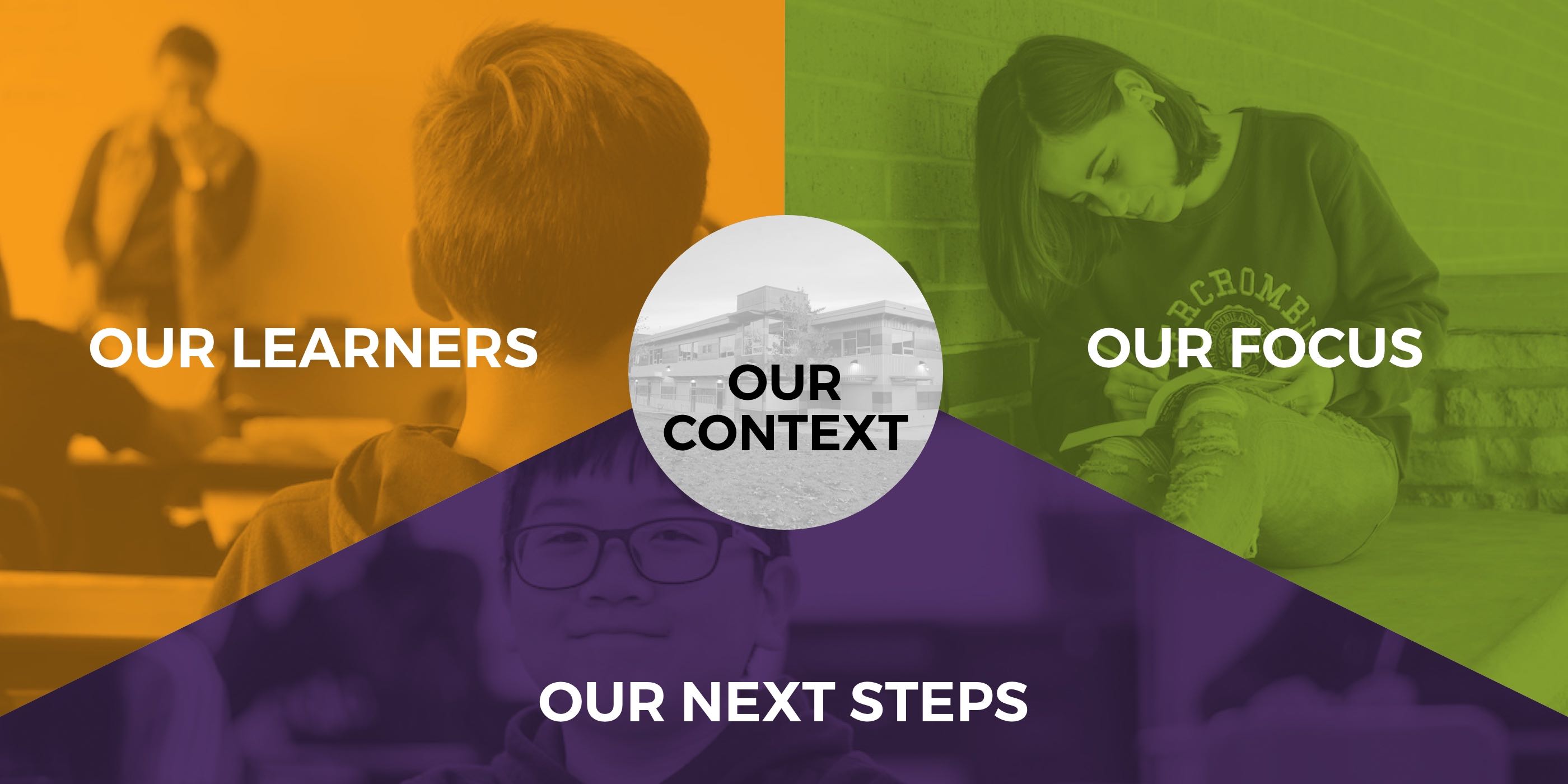

OUR CONTEXT

Dear Families;
Welcome to École K.B. Woodward. Walking through the entrance of the school; the staff, students and the surrounding community recognize the deep roots and history. We understand that:
- The Kwantlen First Nation came to the present day area many years ago.
- Surrey City Centre was a place of refuge for the Nation.
- Almost seventy years ago, École Elementaire K. B. Woodward was the first school built on the land.
Daily, we acknowledge that we are on the shared and unceded traditional territory of the Katzie, Semiahmoo, Kwantlen, and other Coast Salish Peoples.
We acknowledge that we are guests on this land.
We recognize that many nations live on this land.
We respect all cultural traditions.
Nous reconnaissons et honorons que nous vivons, apprenons, et jouons sur le territoire traditionnel non-cédé des peuples Kwantlen, Katzie, et Semiahmoo.
Who are we at KB? Please click on this LINK to find out about us!
Please click the video below to learn more about our wonderful school.
OUR LEARNERS
Literacy is a fundamental skill. It is the ability to read, write, speak, and think in a way that lets us communicate effectively and make sense of the world.
At KB Woodward, the importance of 'story' is evident in many ways, through a variety of mediums. At KB Woodward, we weave in oral storytelling, and exchanging ideas with each other into our daily practice.
Our learners 'travaille ensemble' and work together as collective Wildcats.

Our exchange of stories is increasingly grounded in the teachings of Seven Generations. We are focusing on Belonging.
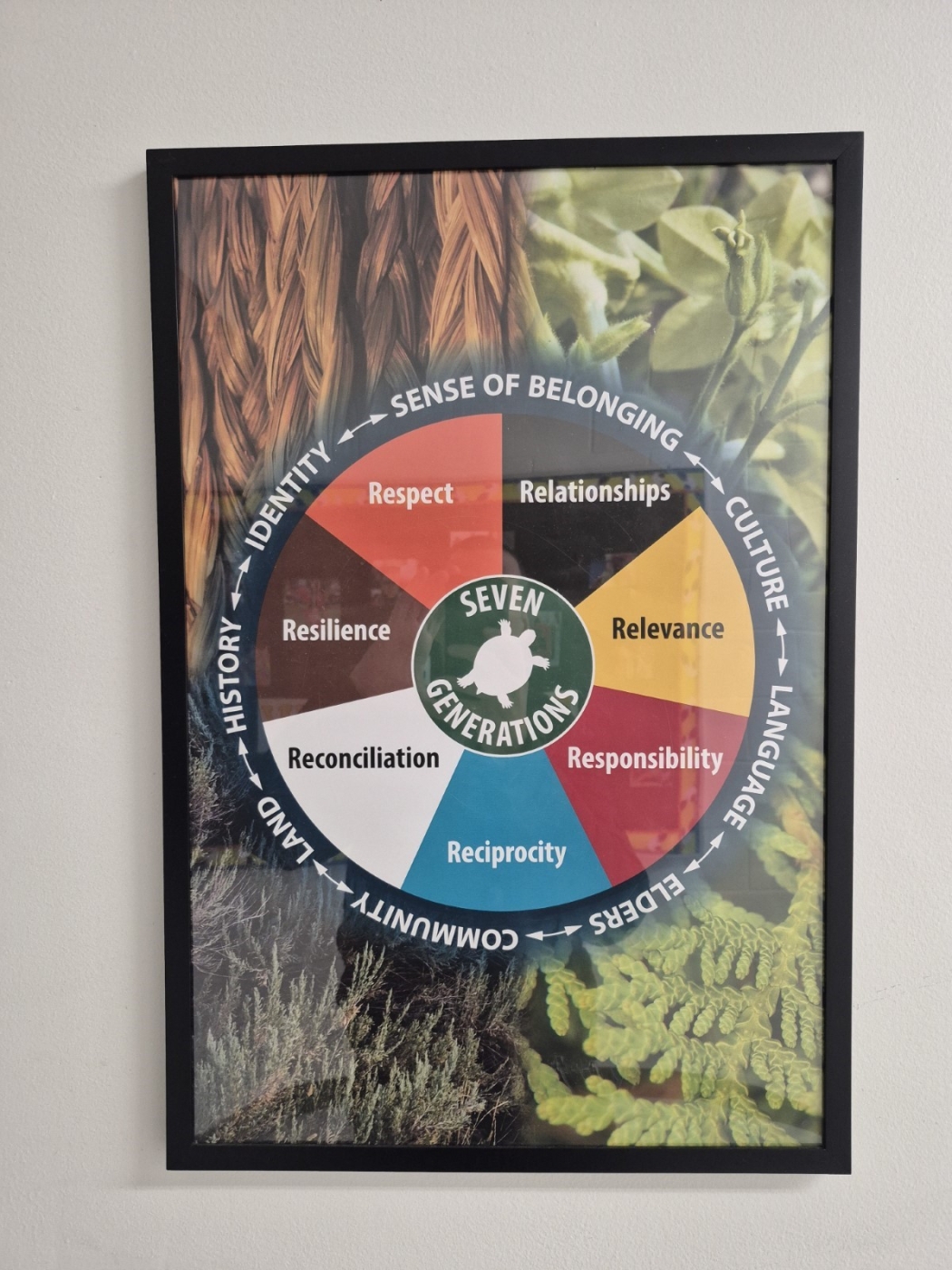
Our learners recognize themselves and others through story. 
Students at KB Woodward have experiences with a variety of literature, including fiction and non-fiction. It is important for students to see themselves, visually (looking like them) and through perspectives, life experiences, and family make up that reflect their experiences. In this Grade 2/3 class, after reading the story Brown by Nancy Johnson James and Constance Moore, students identified their own skin tone and created self-portraits. They even came up with names for the shade they created. Can you find cinnamon brown, toasted almonds or marshmallows?

Our learners find expression of identity through music and art.

Our learners understand that learning requires exploration of one's identity. They can communicate pride in who they are and what they can do through images and written language.



Our learners can express their pride and identity en français. These medicine wheels with personalized examples of activities promote health in each of the 4 areas (mental, emotional, spiritual, physical).


Our learners celebrate inclusion and acknowledge our diverse community.



Our learners understand the importance of connecting to Indigenous Ways of Knowing and Being. Our students recognize that, "Learning ultimately supports the well-being of the self, the family, the community, the land, the spirits, and the ancestors". Evidence of this can be found in several ways:
1. Drumming.
Drum making is identified as a way to strengthen the presence of culture, language, and traditional practices.
Our learners understand the Indigenous perspective that drums are living things and are to be treated with the utmost respect.
At KB Woodward we have ' Drumming Beats' twice a week. Our large and diverse student population attends and participates in our drumming circle. Students have learned and remind each other that we are honoured to have the drums; they are the second life of the elk and the second life of the maple tree. Students acknowledge the territories in English, French, and Cree, honour each of the seven generations and sing various songs that we have been gifted.
The acknowledgment in Cree has been passed on orally and grounds our sense of place.
A picture of a drum that was made at our school.

2. This Welcome Figure is shared in the front foyer for all of our community to enjoy.

Our students were thrilled to be a part of the unveiling ceremony of this welcome figure and drum to honour the artwork created by Gary Leon (carving) and Paula James (weaving). It was beautiful for our entire school community to bear witness to the work of a Coast Salish ceremony.

OUR FOCUS
Each and every day, among the variety of learning experiences presented to our learners, our team of educators focus on building strong literacy foundations that are fundamental for students participating in today's world.
Our focus has been grounded in the Curricular Competency: Create and Communicate (writing, speaking, representing) with a primary cohort.
At KB Woodward, we are grounding our work in the following Big Ideas:
- Through listening and speaking, we connect with others and share our world
- Stories connect us to ourselves, our families, and our communities
- Everyone has a unique story to share
Specifically, we are focusing on these two curricular conpetencies:
- Exploring oral storytelling processes
- Exchanging ideas and perspectives
We are using these two curricular competencies as a way of fostering our sense of belonging and connectedness.
Student learning evidence is gathered in a variety of ways. For example, in one method, students were asked to engage in conversations about the collective story, Be A Good Ancestor. This story was read orally across the cohort.
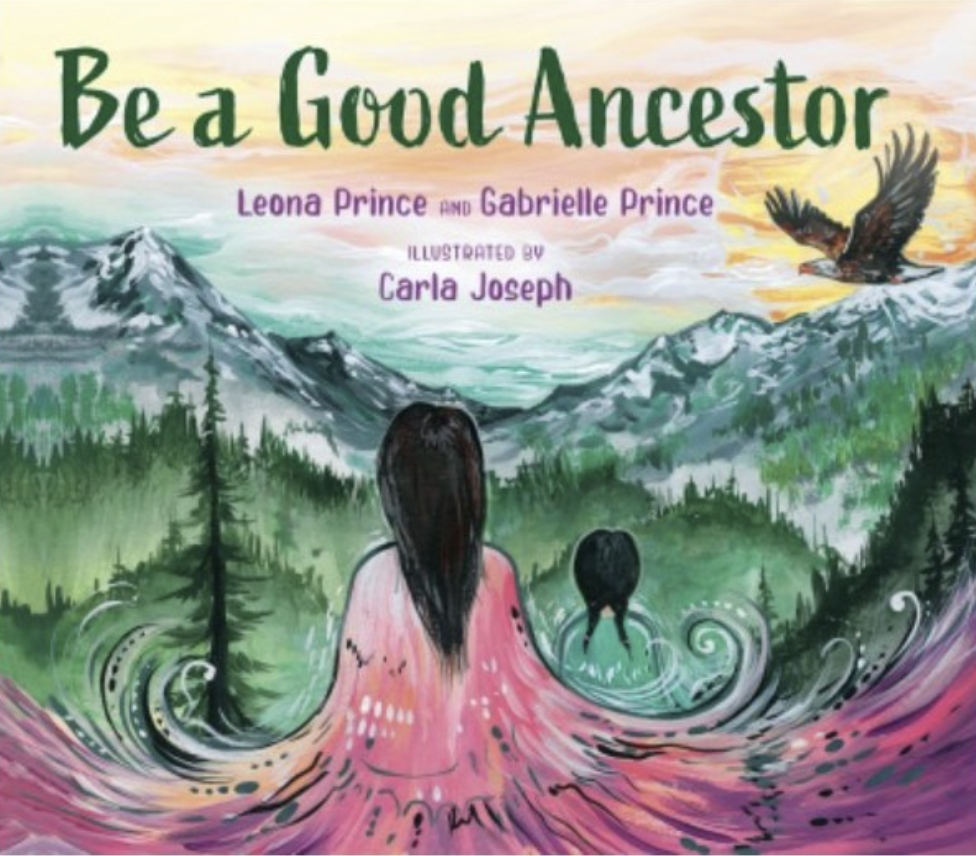
An example of how students are engaging in oral storytelling processes
Another evidence of learning is how this student was able to communicate their own understandings of Be A Good Ancestor with their teacher. The student is invited to connect their own personal story to their understandings of the book.
Sharing our stories through the heartbeat of the drum
This year, we used our our weekly drumming sessions as a way of sharing our oral traditions and story. These drumming sessions captured our large student body and invited all to share in the collective heartbeat. Many of the songs that are played in the drumming sessions have been gifted.
At the beginning of each drumming song, a student drum leader shares the story of the song orally with the collective. We hear the history and legacy of the song and how it was passed on, or gifted, to our KB community.
For example, at the drumming sessions, we often hear the story of the Water Song. The Water Song was gifted to the KB Community by Lorenda McKay of the Laxgalts'ap Nation, who is the grandmother of a current student at KB Woodward. As we listen to the stories of the drum, we feel connected to each other and to the land.
Students, staff, and our parent community who attend the drumming sessions listen attentively as these oral storytelling processes are exchanged which include:
- stories from the Indigenous community are only shared with permission
- when stories are being exchanged by the speaker, the circle listens by holding the drum to the chest.
Reflections from a staff member at École KB Woodward:
The drum is the heartbeat of the people and the land
OUR NEXT STEPS
In the words of Chief Marilyn Gabriel of the Kwantlen First Nation, “We take pride in our community and in our past. For our Elders to witness what has come alive in our community – our language, our culture, our drumming as medicine and prayer – is a beautiful thing” (We Are Kwantlen, p. 241).
Direct evidence of student learning from the cohort in relation to the identified literacy goals (create and communicate: writing, speaking, representing) can be found in the summative analysis of the proficiency scale.
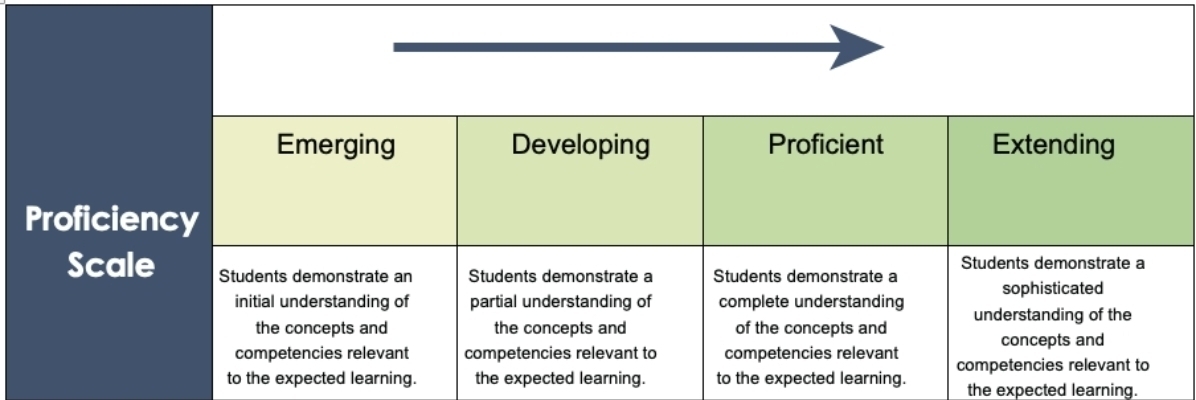
Create and communicate (writing, speaking, representing).
Emerging | Developing | Proficient | Extending | |
October | 90% | 46% | 20% | 2% |
May | 65% | 14% | 30% | 4% |
Analysis of Data:
Cohort teachers evaluated how their students were doing in the Curriculum Competency of Create and Communicate (writing, speaking, representing). This data was taken from two formal reporting terms (October and May).
Specifically, this data indicates evidence of student performance on activities related to:
- Exploring oral storytelling processes
- Exchanging ideas and perspectives
- Engaging in conversation with peers and adults
- Taking turns and offering ideas
This graph indicates that based on teacher reflection at the conclusion of the period in which concepts were presented, practiced, and reviewed, 30% of the students in the cohort were able to show a proficient level of understanding of the competencies relevant t to the Curriculum Competency (writing, speaking, representing). With 65% of students still requiring support, this will remain an area of ongoing focus and priority.
Early in the school year, students in the cohort were ‘emerging’ in their ability to exchange ideas and perspectives and sharing stories with others with clarity.
Throughout the year, a variety of supports and interventions were implemented. These included: direct teaching of how to take turns and exchange ideas and perspectives, conferencing between teacher and student, side by side instruction, morning meetings that allow students to share their stories.
As a result of these literary interventions, all students moved along the proficiency scale to reach a ‘developing’ level. In our work forward, we will strive to move learners along the proficiency scale usisng targeted interventions.
We recognize the importance of building literacy skills through valuable experiences that foster a sense of belonging and connectedness.
A window into a student learning experience
As we began this work, we identified a student in the cohort who struggled with their sense of belonging at school. The student often disengaged from learning environments and was not able to focus on taking turns with others, listening and speaking with peers, and was not open to the the literacy interventions in the class environment.
Evidence for this student’s lack of sense of belonging was the student’s consistent struggles on the playground at recess and lunch to interact with peers and exchange ideas in positive ways.
The student began attending the drumming sessions with their class twice a week and was observed engaging in the sharing in the oral traditions and storytelling with family members, peers and elders. With direct interventions and support, this student was able to move from the emerging proficiency scale to developing in some areas of this curricular comptencies. The student showed an increase in their ability to exchange ideas and perspectives in a positive manner outside at recess and lunch with peers.
Moving Forward
Evidence of our students' learning demonstrates that our literacy focus is positively impacting our cohort of learners. When surveyed and asked to communicate their students' progress using the provincial assessment scale, teachers from the cohort indicated that all students are developing growth in relation to our two literacy goals:
- Exchanging ideas and perspectives
- Exploring oral storytelling processes
As we progress with these literacy goals, we will go deeper into the following:
- Showing awareness of how story in First Peoples cultures connects to peoples to family and community.
- Using personal experience and knowledge to connect to stories to make meaning
- Sharing an original story with others
- Exploring the relationships between oral storytelling and writing through story workshops
Further Explorations
As a school community, we are committed to creating equitable, supportive and caring learning environments where all children and youth can thrive to reach their full potential. To this end, we will continue to monitor and adjust our student learning plan. By determining our progress; identifying what is working and what needs to be improved; reflecting and evaluating our plan; and using this feedback to adjust ongoing teaching and learning-we will support learners from our community in developing literacy proficiencies that cultivate a deeper sense of belonging and identity.
Learning involves patience and time and requires exploration of one‘s identity. These powerful visuals are displayed for all to see.

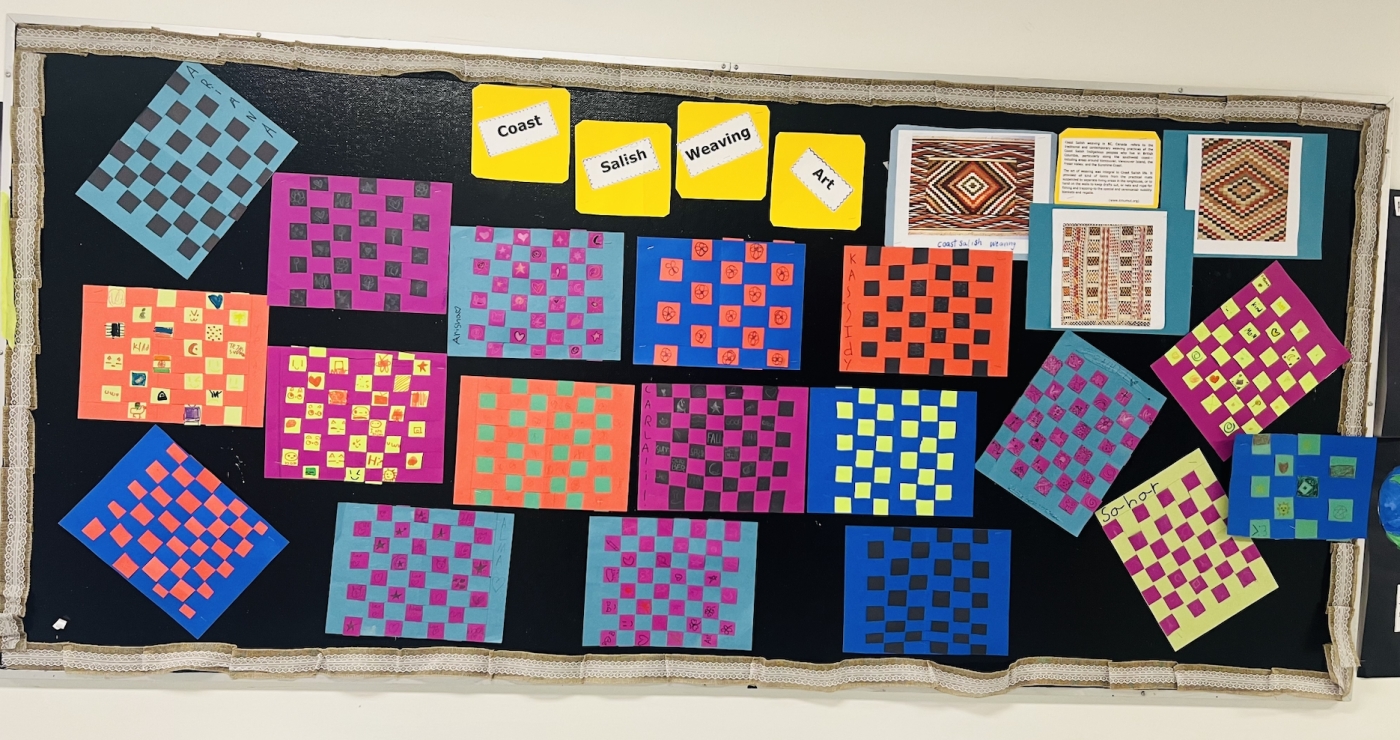

Always a Wildcat.
